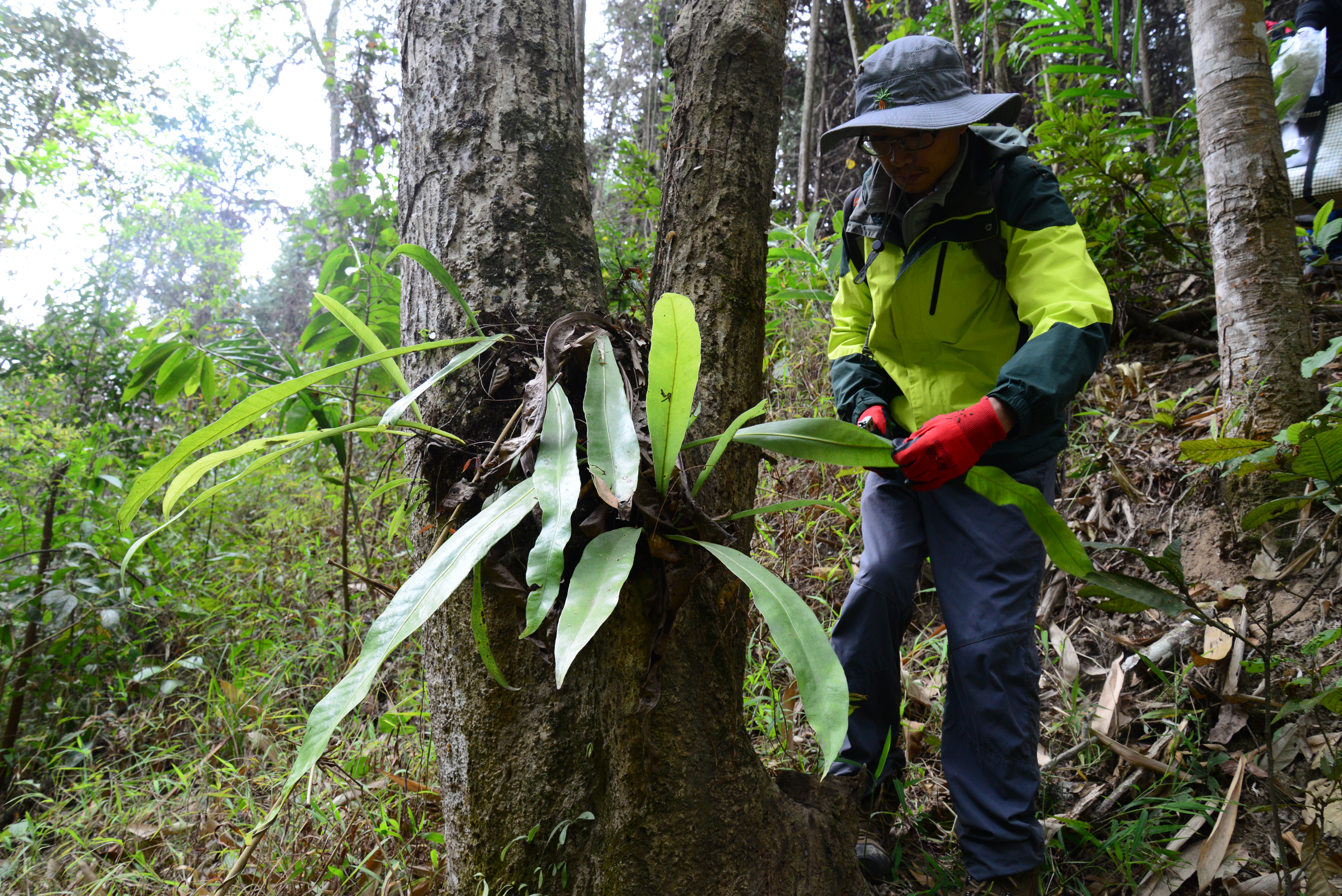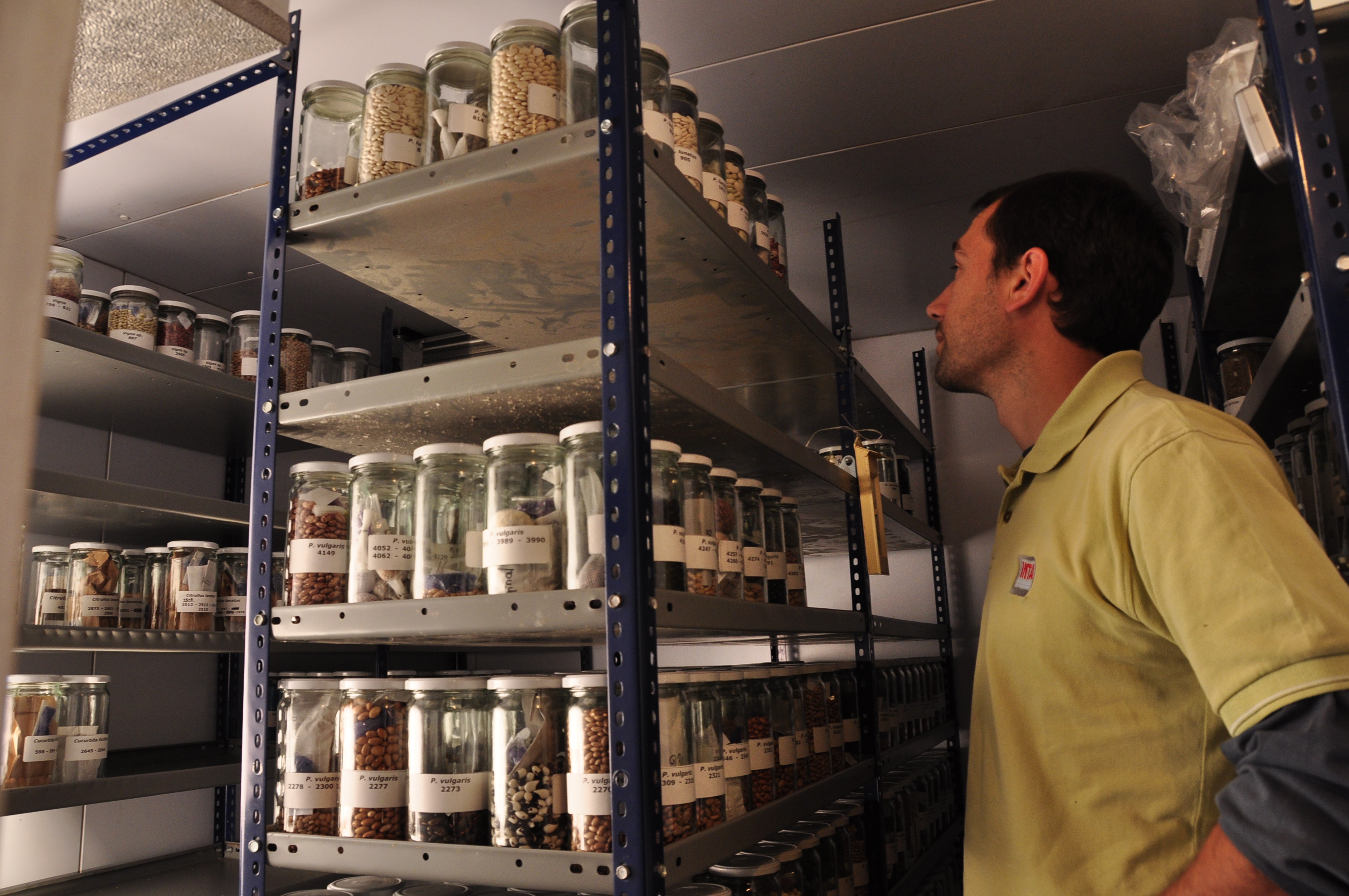|
Ruili Botanical Garden
Founded in 2002, Ruili Botanical Garden () and Nanmaohu Park is a botanical garden in Ruili. Located 6 km from the city in Dehong Dai and Jingpo Autonomous Prefecture of Yunnan in the South-West of China near the Myanmar border. The park has more than 5,000 acres of well-preserved native vegetation, mainly monsoon evergreen broad-leaved forest, with more than 1,200 species of tropical and subtropical plants. Research Working with China National GeneBank, BGI and the Forestry Bureau of Ruili, the Botanical Garden is carrying out the Digitalization of Ruili Botanic Garden project, committed to protecting endangered and Chinese endemic plants, by collection, long-term preservation and breeding of germplasm Germplasm are living genetic resources such as seeds or tissues that are maintained for the purpose of animal and plant breeding, preservation, and other research uses. These resources may take the form of seed collections stored in seed banks, t ... resources. Moreover ... [...More Info...] [...Related Items...] OR: [Wikipedia] [Google] [Baidu] |
Botanical Garden
A botanical garden or botanic gardenThe terms ''botanic'' and ''botanical'' and ''garden'' or ''gardens'' are used more-or-less interchangeably, although the word ''botanic'' is generally reserved for the earlier, more traditional gardens, and is the more usual term in the United Kingdom. is a garden with a documented collection of living plants for the purpose of scientific research, conservation, display, and education. Typically plants are labelled with their botanical names. It may contain specialist plant collections such as cactus, cacti and other succulent plants, herb gardens, plants from particular parts of the world, and so on; there may be greenhouses, shadehouses, again with special collections such as tropical plants, alpine plants, or other exotic plants. Most are at least partly open to the public, and may offer guided tours, educational displays, art exhibitions, book rooms, open-air theatrical and musical performances, and other entertainment. Botanical gard ... [...More Info...] [...Related Items...] OR: [Wikipedia] [Google] [Baidu] |
Ruili
Ruili (; tdd, ᥛᥫᥒᥰ ᥛᥣᥝᥰ; shn, မိူင်းမၢဝ်း; th, เมืองมาว; my, ရွှေလီ) is a county-level city of Dehong Prefecture, in the west of Yunnan province, People's Republic of China. It is a major border crossing between China and Myanmar, with the town of Muse located across the border. Name The city is named after the Shweli River. 瑞 ''ruì'' means "auspicious", and 丽 ''lì'' means "beautiful". An older name of Ruili is Měngmǎo (), from Dai language "foggy place". Geography and climate Ruili is on the border with Myanmar. 64% of the population of Ruili are members of five highland and lowland ethnic minorities including Dai, Jingpo, Deang, Lisu, Achang. It is an important location for trade with Myanmar, in both legal and illegal goods and services. Prostitution and drug trade in the city are not uncommon. [...More Info...] [...Related Items...] OR: [Wikipedia] [Google] [Baidu] |
Yunnan
Yunnan , () is a landlocked Provinces of China, province in Southwest China, the southwest of the People's Republic of China. The province spans approximately and has a population of 48.3 million (as of 2018). The capital of the province is Kunming. The province borders the Chinese provinces of Guizhou, Sichuan, autonomous regions of Guangxi, and Tibet Autonomous Region, Tibet as well as Southeast Asian countries: Vietnam, Laos, and Myanmar. Yunnan is China's fourth least developed province based on disposable income per capita in 2014. Yunnan is situated in a mountainous area, with high elevations in the northwest and low elevations in the southeast. Most of the population lives in the eastern part of the province. In the west, the altitude can vary from the mountain peaks to river valleys by as much as . Yunnan is rich in natural resources and has the largest diversity of plant life in China. Of the approximately 30,000 species of Vascular plant, higher plants in China, Yu ... [...More Info...] [...Related Items...] OR: [Wikipedia] [Google] [Baidu] |
People's Republic Of China
China, officially the People's Republic of China (PRC), is a country in East Asia. It is the world's most populous country, with a population exceeding 1.4 billion, slightly ahead of India. China spans the equivalent of five time zones and borders fourteen countries by land, the most of any country in the world, tied with Russia. Covering an area of approximately , it is the world's third largest country by total land area. The country consists of 22 provinces, five autonomous regions, four municipalities, and two Special Administrative Regions (Hong Kong and Macau). The national capital is Beijing, and the most populous city and financial center is Shanghai. Modern Chinese trace their origins to a cradle of civilization in the fertile basin of the Yellow River in the North China Plain. The semi-legendary Xia dynasty in the 21st century BCE and the well-attested Shang and Zhou dynasties developed a bureaucratic political system to serve hereditary monarchies, or dyna ... [...More Info...] [...Related Items...] OR: [Wikipedia] [Google] [Baidu] |
Botanical Garden
A botanical garden or botanic gardenThe terms ''botanic'' and ''botanical'' and ''garden'' or ''gardens'' are used more-or-less interchangeably, although the word ''botanic'' is generally reserved for the earlier, more traditional gardens, and is the more usual term in the United Kingdom. is a garden with a documented collection of living plants for the purpose of scientific research, conservation, display, and education. Typically plants are labelled with their botanical names. It may contain specialist plant collections such as cactus, cacti and other succulent plants, herb gardens, plants from particular parts of the world, and so on; there may be greenhouses, shadehouses, again with special collections such as tropical plants, alpine plants, or other exotic plants. Most are at least partly open to the public, and may offer guided tours, educational displays, art exhibitions, book rooms, open-air theatrical and musical performances, and other entertainment. Botanical gard ... [...More Info...] [...Related Items...] OR: [Wikipedia] [Google] [Baidu] |
Dehong Dai And Jingpo Autonomous Prefecture
The Dehong Dai and Jingpo Autonomous Prefecture is located in western Yunnan province, People's Republic of China, and is one of the eight autonomous prefectures of the province, bordering Baoshan to the east and Burma's Kachin State to the west. Etymology Tai Nuea is the origin language of the word "Dehong", in Tai Le script (the script used to write the Tai Nüa language by the Tai Nua people) is written as "", which transliterates to Latin as "Taue Xoong". Dehong means the lower reaches of the Nu River. However, the Mandarin characters for Dehong are "." These two characters are a compound of "moral, value" and "magnificent, great, macro". Thus, from the Mandarin Chinese point of view, (Dehong) means "moral" + "magnificent", so it means "magnificent (great) moral (value)". History Early history Dianyue and Ailao were the ancient countries recorded in Chinese literature in the Dehong area, and Guozhanbi ( Kawsampi) was an ancient country established by the Dai people and ... [...More Info...] [...Related Items...] OR: [Wikipedia] [Google] [Baidu] |
China National GeneBank
China National GeneBank or CNGB () is China's first national-level gene storage bank, approved and funded by the Chinese government. Based in the Dapeng Peninsula of Shenzhen, CNGB's mission is to support public welfare, life science research and innovation, as well as industry incubation, through effective bioresource conservation, digitalization and utilization. In 2011 the Chinese National Development and Reform Commission (NDRC), Ministry of Finance, Ministry of Industry and Information Technology, and Ministry of Health and Family Planning approved the establishment of the Centre, entrusting BGI with its construction in a public-private partnership. After 5-years of development the first phase of the centre opened in September 2016, spanning more than 47,500 square meters and including a biorepository, a bioinformatics data center and a living biobank. The Centre also has a Synthetic Biology platform collaborating with Australia's Macquarie University and Harvard on me ... [...More Info...] [...Related Items...] OR: [Wikipedia] [Google] [Baidu] |
Beijing Genomics Institute
BGI Group, formerly Beijing Genomics Institute, is a Chinese genomics company with headquarters in Yantian District, Shenzhen. The company was originally formed in 1999 as a genetics research center to participate in the Human Genome Project. It also sequences the genomes of other animals, plants and microorganisms. BGI has transformed from a small research institute, notable for decoding the DNA of pandas and rice plants, into a diversified company active in animal cloning, health testing, and contract research. BGI's earlier research was continued by the Beijing Institute of Genomics, Chinese Academy of Sciences. BGI Research, the group's nonprofit division, works with the Institute of Genomics and operates the China National GeneBank under a contract with the Chinese government. BGI Genomics, a subsidiary, was listed on the Shenzhen Stock Exchange in 2017. In 2021, details came to light about multiple controversies involving the BGI Group. These controversies include al ... [...More Info...] [...Related Items...] OR: [Wikipedia] [Google] [Baidu] |
Germplasm
Germplasm are living genetic resources such as seeds or tissues that are maintained for the purpose of animal and plant breeding, preservation, and other research uses. These resources may take the form of seed collections stored in seed banks, trees growing in nurseries, animal breeding lines maintained in animal breeding programs or gene banks, etc. Germplasm collections can range from collections of wild species to elite, domesticated breeding lines that have undergone extensive human selection. Germplasm collection is important for the maintenance of biological diversity and food security. See also * Animal genetic resources for food and agriculture *Conservation biology *Cryoconservation of animal genetic resources *Forest genetic resources *International Treaty on Plant Genetic Resources for Food and Agriculture * Plant genetic resources *Seed saving References *Day-Rubenstein, K and Heisey, P. 2003. Plant Genetic Resources: New Rules for International Exchange' * 63 p. * ... [...More Info...] [...Related Items...] OR: [Wikipedia] [Google] [Baidu] |
Earth BioGenome Project
The Earth BioGenome Project (EBP) is an initiative that aims to sequence and catalog the genomes of all of Earth's currently described eukaryotic species over a period of ten years. The initiative would produce an open DNA database of biological information that provides a platform for scientific research and supports environmental and conservation initiatives. A scientific paper presenting the vision for the project was published in '' PNAS'' in April 2018, and the project officially launched November 1, 2018. History The initiative was inspired by Human Genome Project, and emerged during November 2015 meeting between Harris Lewin ( UCD), Gene E. Robinson ( IGB) and W. John Kress (Smithsonian Institution's National Museum of Natural History). In February 2017, at major conference on genomics and biodiversity organized by the Smithsonian Institution and BGI in Washington, D.C. was supported project's 10-year plan and organizational structure. Summary The project is project ... [...More Info...] [...Related Items...] OR: [Wikipedia] [Google] [Baidu] |
Research Institutes In China
Research is " creative and systematic work undertaken to increase the stock of knowledge". It involves the collection, organization and analysis of evidence to increase understanding of a topic, characterized by a particular attentiveness to controlling sources of bias and error. These activities are characterized by accounting and controlling for biases. A research project may be an expansion on past work in the field. To test the validity of instruments, procedures, or experiments, research may replicate elements of prior projects or the project as a whole. The primary purposes of basic research (as opposed to applied research) are documentation, discovery, interpretation, and the research and development (R&D) of methods and systems for the advancement of human knowledge. Approaches to research depend on epistemologies, which vary considerably both within and between humanities and sciences. There are several forms of research: scientific, humanities, artistic, eco ... [...More Info...] [...Related Items...] OR: [Wikipedia] [Google] [Baidu] |


_07.jpg)

